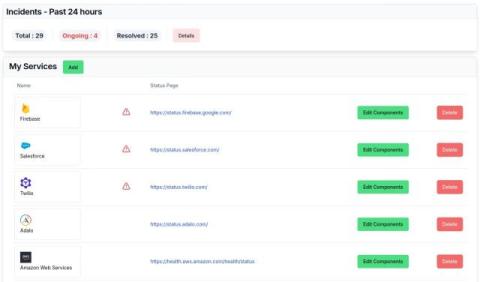Reliability vs Availability: A complete guide to system performance metrics
In an always-digital world where users expect reliable services, businesses must measure two critical metrics: reliability and availability. However, reliability and availability are terms often used interchangeably but understanding the difference is crucial when building systems that users can trust and depend on. Both metrics are vital, but depending on your use case, you might prioritize one over the other. Take the 2017 AWS S3 outage.











